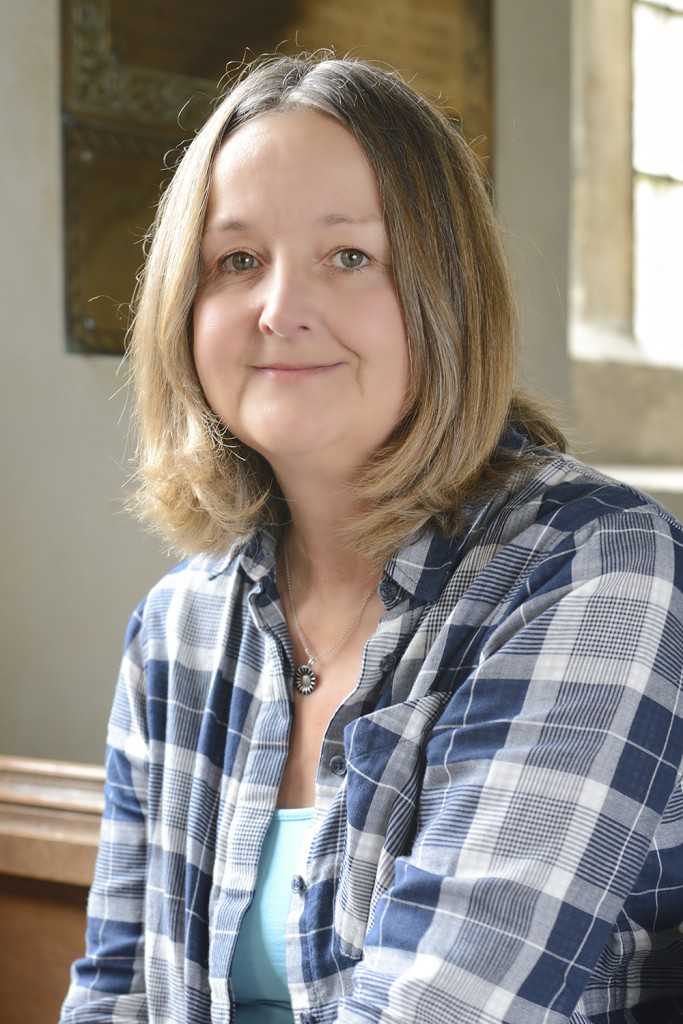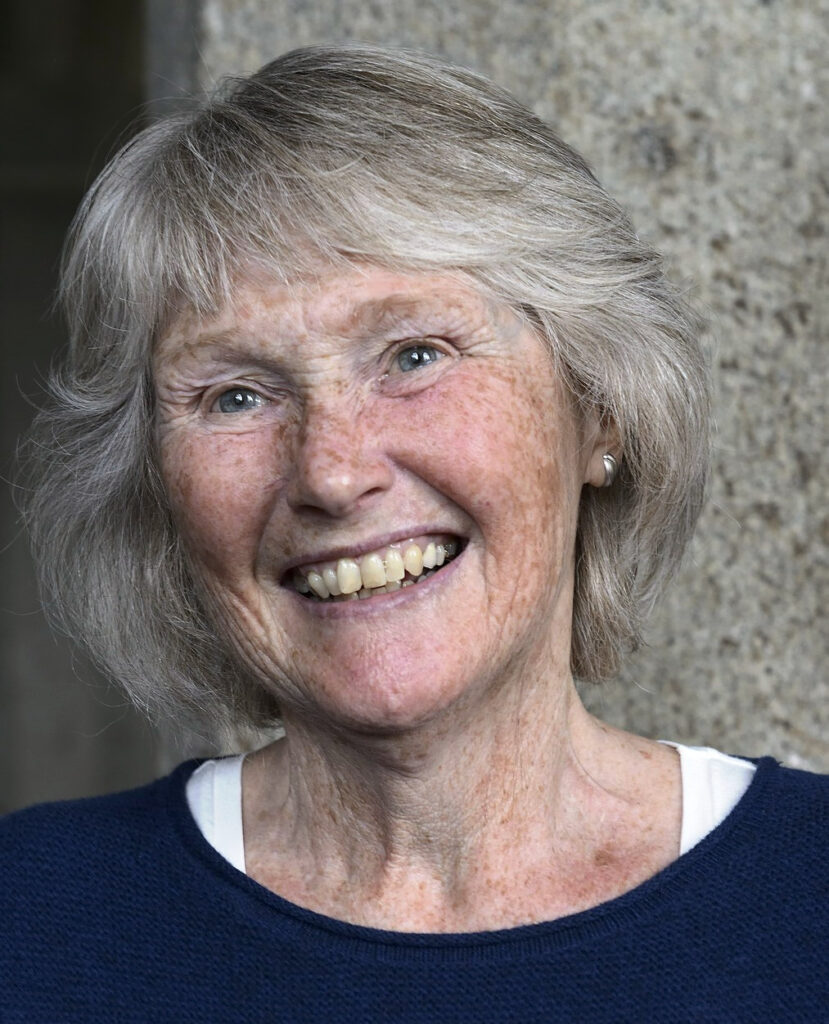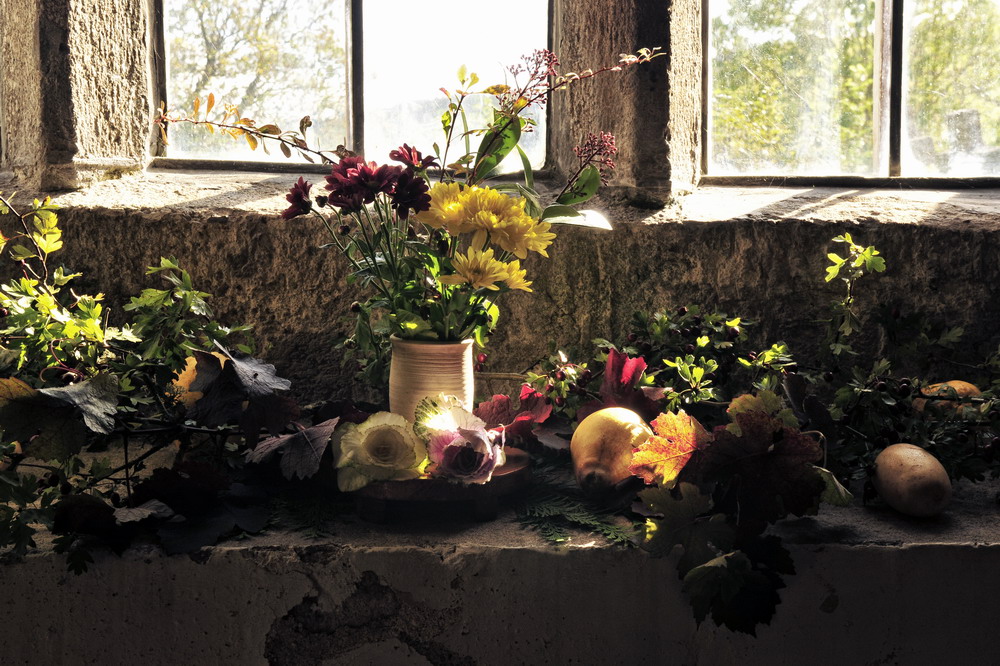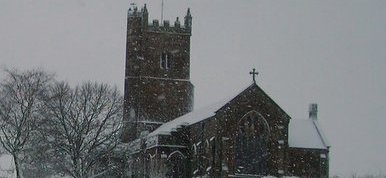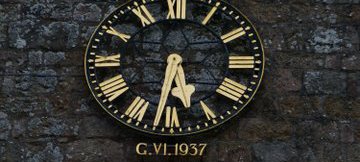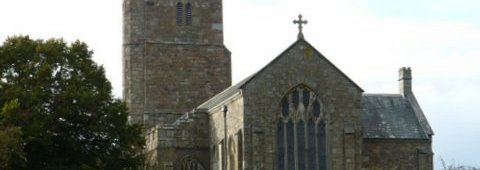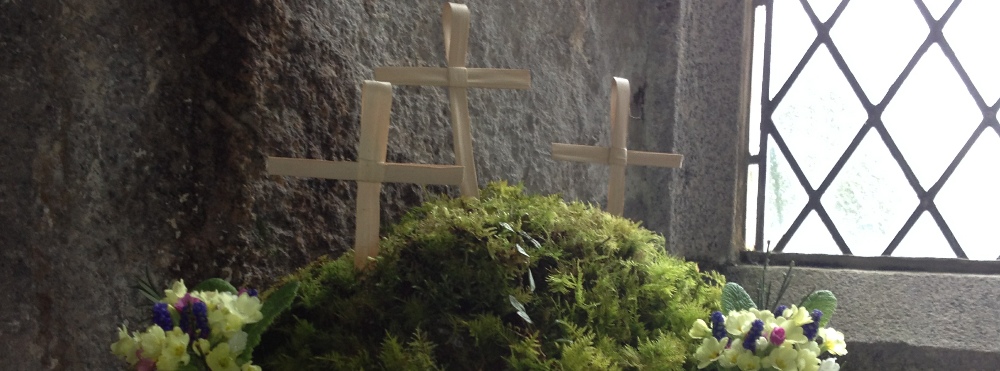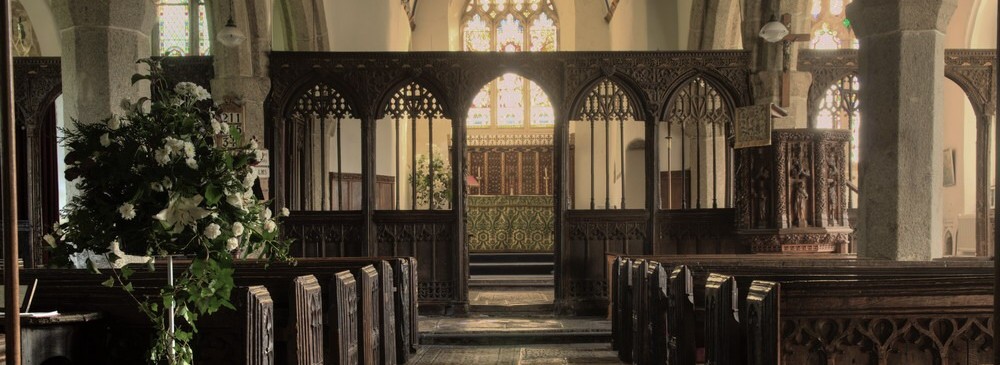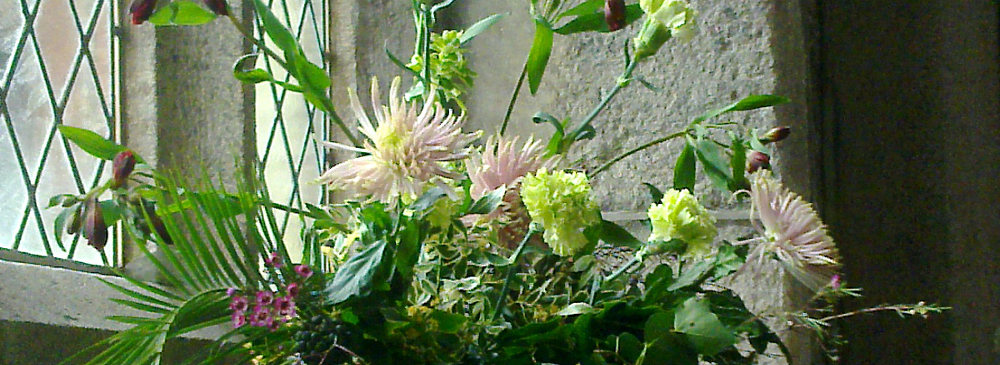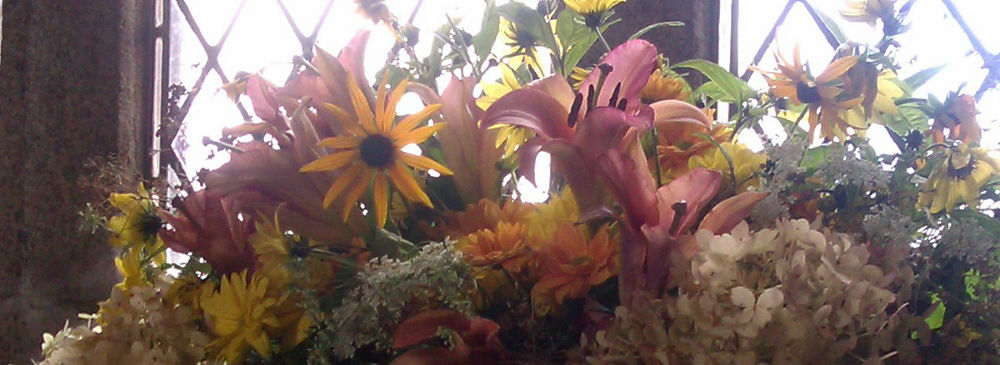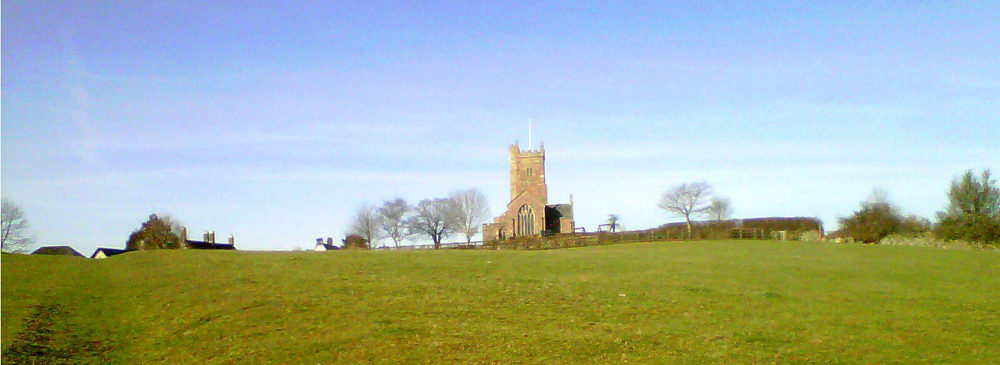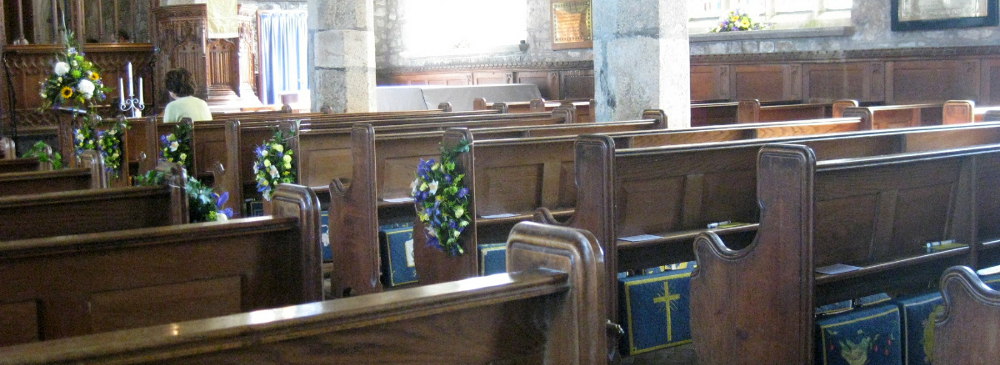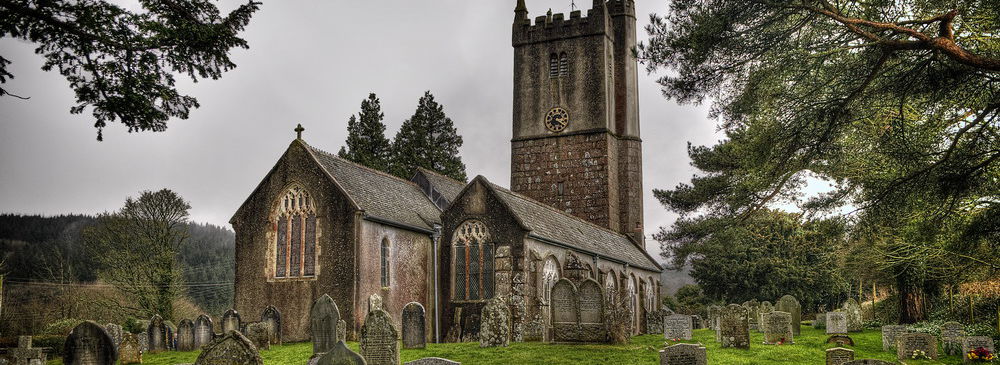 The church of St John the Baptist on the edge of Dartmoor dates from the 13th and 14th centuries, with the first known vicar recorded as being in place from 1279, but traces of Norman masonry have been found, suggesting a place of Christian worship predating this.
The church of St John the Baptist on the edge of Dartmoor dates from the 13th and 14th centuries, with the first known vicar recorded as being in place from 1279, but traces of Norman masonry have been found, suggesting a place of Christian worship predating this.
The 15th-century rood screen no longer has its original colours but much of the carving is original, depicting vine leaves, grapes and birds. The Lady Chapel altar is a lovely piece, restored to its original colours and with its medieval panels intact. There are two piscinas, one in the Lady Chapel and the other at the altar. There are one or two interesting bench ends and some fragments of medieval glass in the north window.
The roof bosses in the wagon roof are worth noting, with kings and queens, and the three rabbits or hares with conjoined ears a symbol of the Trinity and an emblem of 14th-century tin miners, a boss that is repeated in other Devon churches. The tower has a ring of six bells.
Outside the church on the village green is an ancient stone cross, these crosses being seen all over the moor. This one was ‘rediscovered’ in 1829 by the curate in Bovey Brook after being lost during the Civil War and replaced on the old base.
The village of North Bovey consists mainly of 17th-century thatched houses set round a village green which – unusually for village greens – is planted with trees, mostly English oak. The whole scene radiates charm and peace. The Ring of Bells pub (currently being rebuilt after a disastrous fire nearly two years ago) is set back from the village green and predates the cottages, while on the opposite side is a building which is thought to have been a church house but over the years has been divided into five and now three dwellings. It would also be of an earlier date.
North Bovey is a good starting-point for many Dartmoor walks.
Churchwardens
